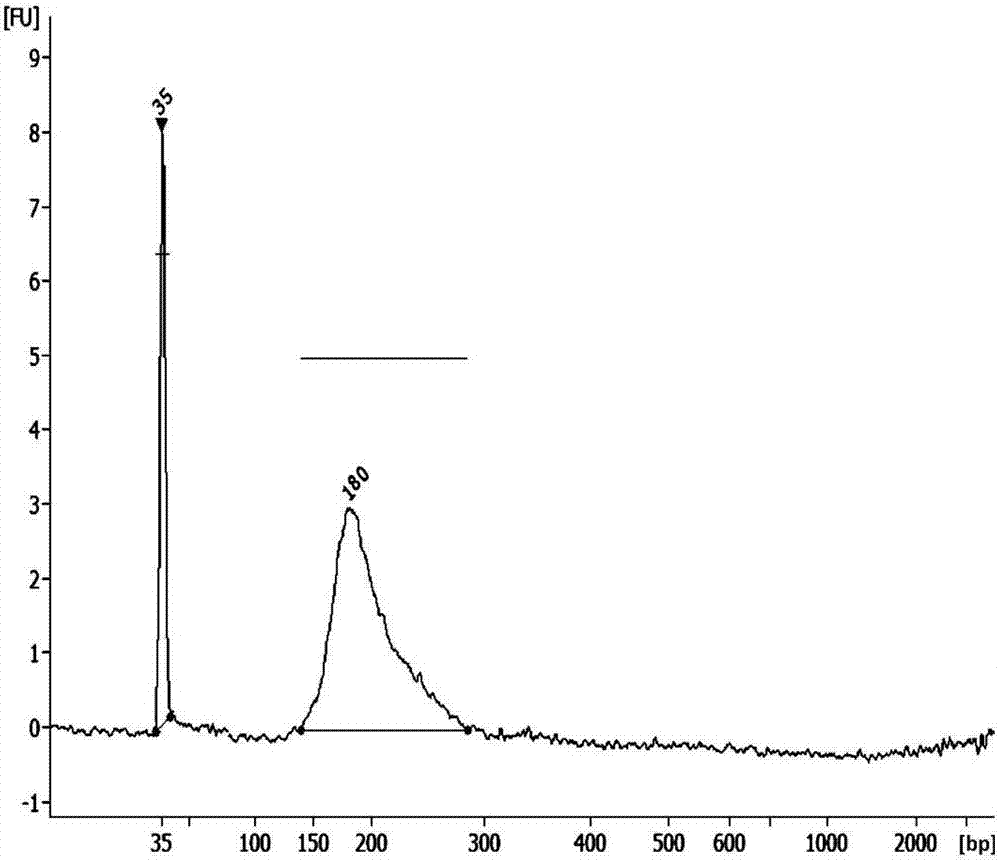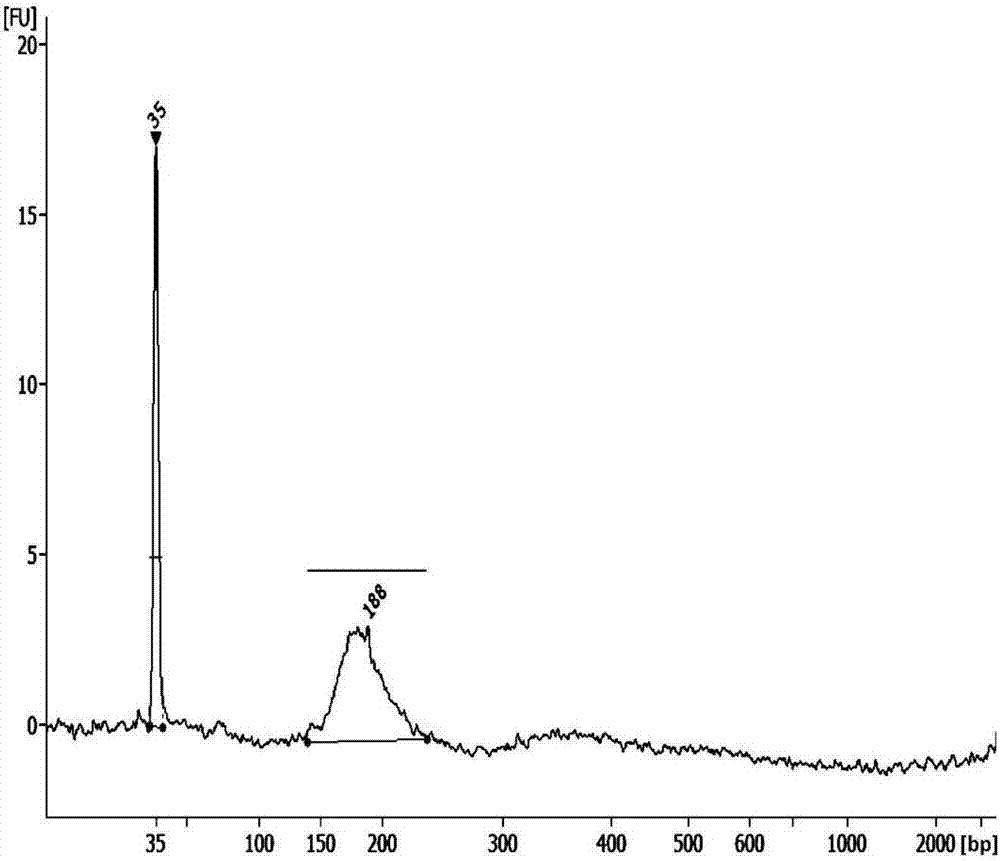Blood preservation agent for protecting free DNA and application of blood preservation agent
A technology of preservatives and blood, applied in the field of blood preservatives for the protection of free DNA, can solve the problems of harm to the human body, etc., achieve the effects of preventing pollution, reducing storage conditions, and saving economic costs
- Summary
- Abstract
- Description
- Claims
- Application Information
AI Technical Summary
Problems solved by technology
Method used
Image
Examples
Embodiment 1
[0060] Embodiment 1 room temperature static preservation experiment
[0061] The blood preservation agent 1 provided in this embodiment, every 100 milliliters of the protective agent 1 includes the following component weight (g):
[0062] Dipotassium EDTA 8.8g ε-Polylysine 1.8g urea 8.0g glucose 9.6g Mannitol 5.0g adenine 0.3g
[0063] Preparation method: prepare 100ml of blood preservative 1, calculate according to the concentration of the above components, and prepare materials: dipotassium edetate: 8.8g, ε-polylysine: 1.8g, urea: 8.0g, glucose: 9.6g , Mannitol: 5.0g, Adenine: 0.3g.
[0064] The above mixture was fixed to 100ml, 0.05mol / l, pH7.4 tris-hydrochloric acid buffer solution, and finally the finished blood preservation agent 1 was obtained.
[0065] When the blood preservative 1 obtained in this embodiment is used as a sample free DNA preservative when collecting blood samples, transporting blood samples, or storing blo...
Embodiment 2
[0104] Example 2 Transport experiment at normal temperature:
[0105] The components and ratios of blood preservation agent 1 and blood preservation agent 2 provided in this embodiment are the same as those in embodiment 1.
[0106] (1) Experimental method:
[0107] Vacuum blood collection tubes (1 containing 125 μl preservative 1) were used to draw 2 tubes of 5ml blood samples from each of the 6 volunteers, and mixed upside down 10 times to make the blood and the preservative into a uniform system. The blood samples of each volunteer were collected for 0 days (within 6 hours) and transported at room temperature for 4 days (96 hours), respectively. One tube was taken for plasma separation, and only 600 μl of plasma was taken for each tube as a plasma sample. The method of plasma separation Can be with embodiment 1.
[0108] Extraction of plasma cell-free DNA: Extract plasma cell-free DNA from 600 μl plasma samples of each volunteer (the extraction kit can be selected from th...
PUM
 Login to View More
Login to View More Abstract
Description
Claims
Application Information
 Login to View More
Login to View More - R&D
- Intellectual Property
- Life Sciences
- Materials
- Tech Scout
- Unparalleled Data Quality
- Higher Quality Content
- 60% Fewer Hallucinations
Browse by: Latest US Patents, China's latest patents, Technical Efficacy Thesaurus, Application Domain, Technology Topic, Popular Technical Reports.
© 2025 PatSnap. All rights reserved.Legal|Privacy policy|Modern Slavery Act Transparency Statement|Sitemap|About US| Contact US: help@patsnap.com



